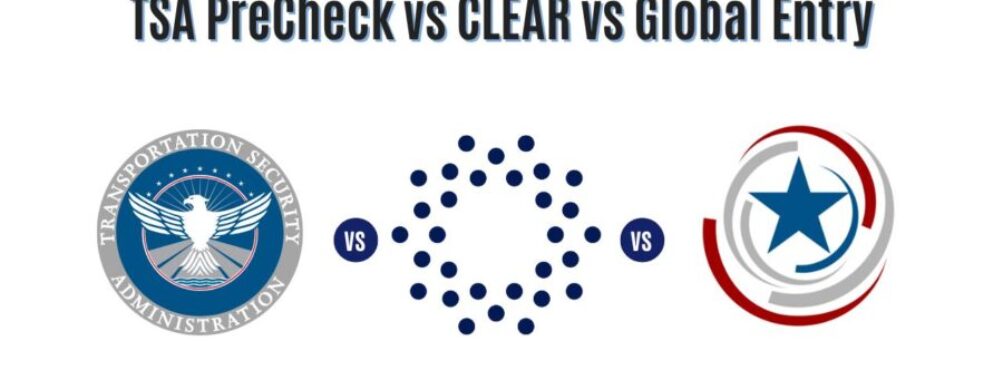
TSA PreCheck vs CLEAR vs Global Entry: Which Airport Fast-Track Is Best in 2025?
If you’ve ever stood in a snail-paced airport security line, watching your precious boarding time slip away, you’ve probably wondered: Isn’t there a faster way? There is, but picking the right trusted traveler program comes down to your travel style.
TSA PreCheck, CLEAR, and Global Entry all cut down your wait, but each one works differently and fits different types of travelers.
I’ve used all three at different points. The best choice? Depends on where you fly, how often you’re on the move, and how much you hate standing in lines.
TSA PreCheck speeds up domestic security. Global Entry gets you through U.S. customs faster after international trips. CLEAR uses biometrics so you can leapfrog the ID check entirely.
Key Takeaways
- Each program speeds up airport processing in its way
- Your travel habits and destinations determine which is best
- Some folks get the most benefit by mixing and matching programs
Table of Contents
- Key Differences Between TSA PreCheck, CLEAR, and Global Entry
- Eligibility and Application Process
- What Each Program Expedited
- Cost and Membership Duration
- TSA PreCheck: The Domestic Traveler’s Shortcut
- Benefits for Domestic Travelers
- Enrollment Steps and Known Traveler Number
- Where TSA PreCheck Works
- Global Entry: Streamlining International Arrivals
- How Global Entry Simplifies Customs
- Automatic TSA PreCheck Inclusion
- Global Entry Kiosks and Enrollment Centers
- CLEAR: Biometric Speed for Frequent Flyers
- How CLEAR Uses Facial Recognition
- Pairing CLEAR with TSA PreCheck or Global Entry
- Beyond Airports: CLEAR at Events and Venues
- Comparing Airport Experience: Security Lines and Wait Times
- Expedited Security Lanes in Practice
- Impact on Overall Airport Experience
- Choosing the Right Program for Your Travel Style
- Best Options for Domestic-Only Travelers
- Best Options for International and Frequent Flyers
- Combining Programs for Maximum Efficiency
- Frequently Asked Questions
- What are the specific benefits of TSA PreCheck compared to Global Entry?
- How does the application process for Clear differ from that of Global Entry?
- What additional perks does Global Entry provide that go beyond the offerings of TSA PreCheck?
- Is there a cost difference between enrolling in Clear and TSA PreCheck, and how does it affect frequent travelers?
- Book Your Dream Experience
- More Travel Guides
Key Differences Between TSA PreCheck, CLEAR, and Global Entry
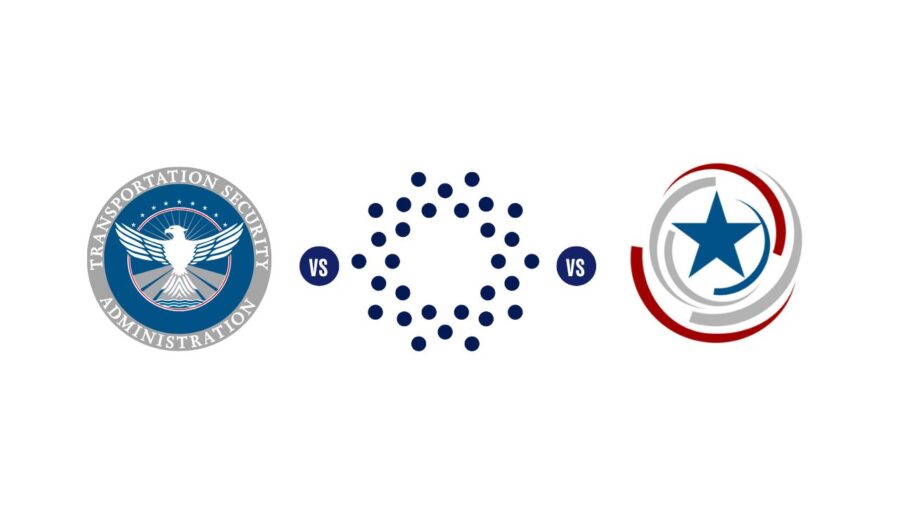
Each program tackles a different part of your airport journey. TSA PreCheck is all about security screening. Global Entry adds speedier U.S. customs for international travelers.
CLEAR uses biometrics to skip the ID check line. Costs, sign-up steps, and eligibility? Those details vary more than you might think.
Eligibility and Application Process
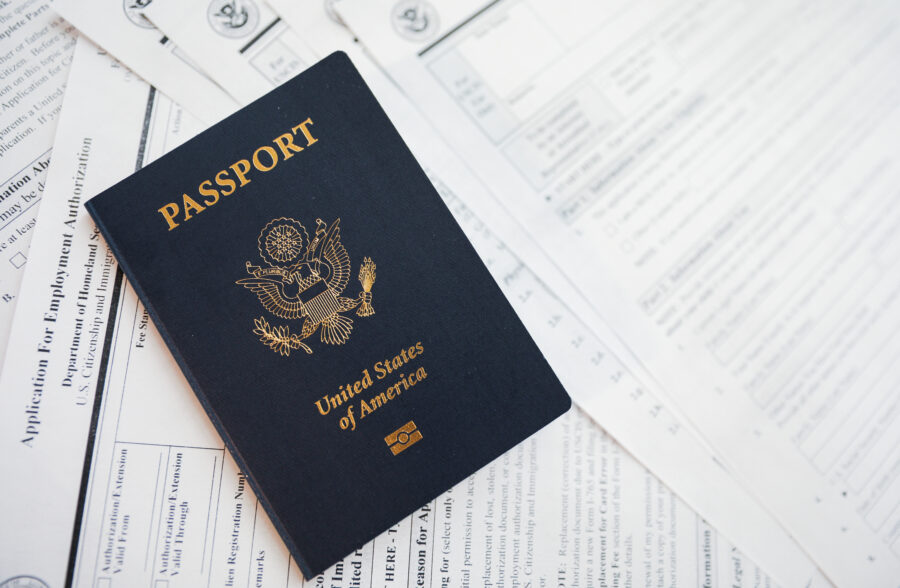
TSA PreCheck is open to U.S. citizens, U.S. nationals, and lawful permanent residents. You fill out an online application with the TSA, then schedule an in-person interview for fingerprinting. Usually, you get approved in a few days or weeks.
Global Entry is run by U.S. Customs and Border Protection (CBP). It’s open to U.S. citizens, lawful permanent residents, and some citizens from partner countries.
You apply online via the Trusted Traveler Program, then go to a CBP interview. They run a deeper background check than TSA PreCheck.
CLEAR is run by a private company, not the government. It’s open to U.S. citizens and legal permanent residents 18 and up with a valid photo ID.
You enroll at a CLEAR airport location, often finishing in under 10 minutes. No government interview here.
What Each Program Expedited
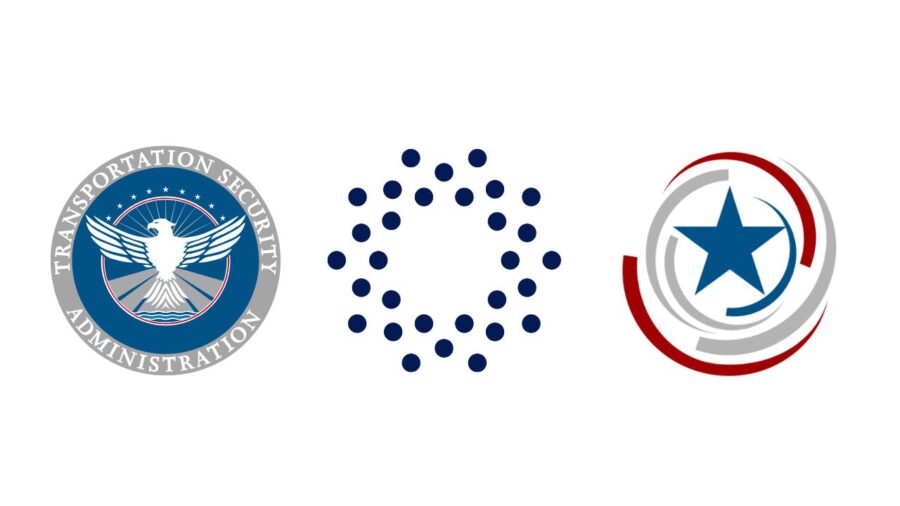
TSA PreCheck speeds up physical security screening. You keep your shoes, belt, and light jacket on, and leave laptops and liquids in your bag. It’s available at over 200 U.S. airports.
Global Entry gives you expedited customs clearance coming into the U.S. from abroad. You use a kiosk instead of waiting in the passport control line. It also includes TSA PreCheck for domestic flights.
CLEAR skips the ID check line at security. Instead of showing your ID to a TSA agent, you scan your eyes or fingerprints at a CLEAR pod. After that, you go through the standard or PreCheck screening lane.
Cost and Membership Duration
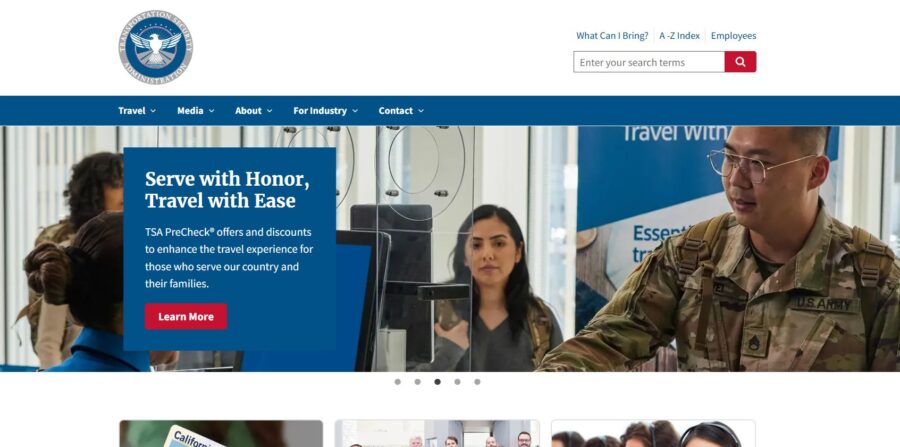
Here’s a quick breakdown:
| Program | Cost (as of 2025) | Duration | Includes TSA PreCheck? |
|---|---|---|---|
| TSA PreCheck | $78 | 5 years | N/A |
| Global Entry | $100 | 5 years | Yes |
| CLEAR | $189/year | 1 year | No |
TSA PreCheck and Global Entry are government-run, good for five years, and honestly, more cost-effective if you travel often. CLEAR costs more each year, but at the busiest airports, it can be a lifesaver.
Lots of travel credit cards now reimburse all or part of these fees. It’s worth checking before you pay out of pocket. I’ve had my CLEAR fee covered for years by my card—it’s one of those perks you don’t know you need until you breeze past a 40-minute line.
TSA PreCheck: The Domestic Traveler’s Shortcut
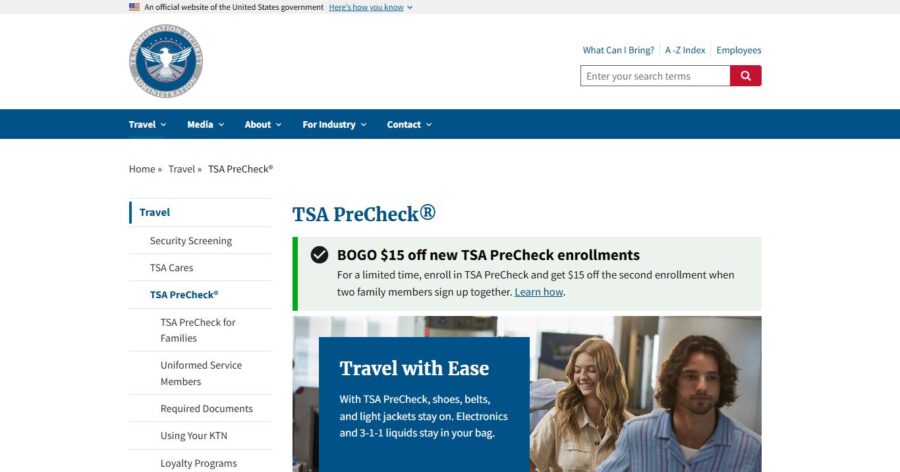
TSA PreCheck is designed to make U.S. airport security less of a hassle for frequent domestic flyers. The pre-approval process means you keep your shoes, belt, and light jacket on, and skip some of the slowest steps.
Benefits for Domestic Travelers
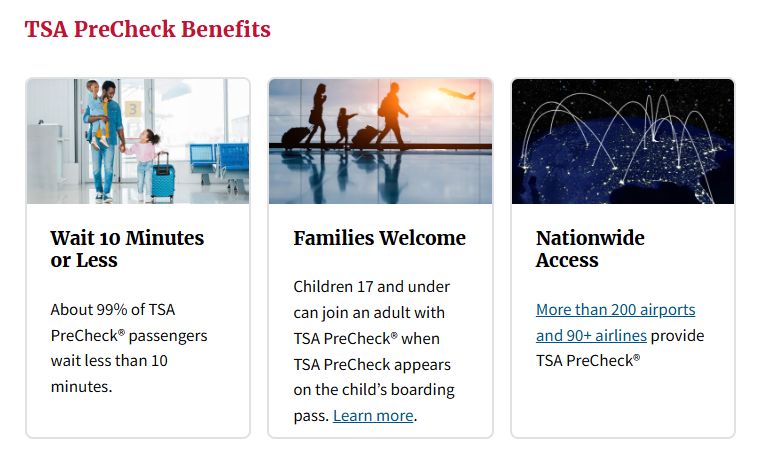
If you fly in the U.S. more than a couple of times a year, PreCheck can save you real time. You get a separate security lane, and it usually moves way faster than the regular one.
Best part? You don’t have to remove shoes, belts, laptops, or small liquids. It’s less juggling, fewer bins, and honestly, less stress.
I find it more predictable. Regular security lines can be a wild card, but PreCheck lanes are usually shorter.
I’ve made it from curb to gate in under 15 minutes at some airports—no joke. If you’re the type who grabs last-minute deals or hates arriving super early “just in case,” PreCheck can change how you travel.
Enrollment Steps and Known Traveler Number
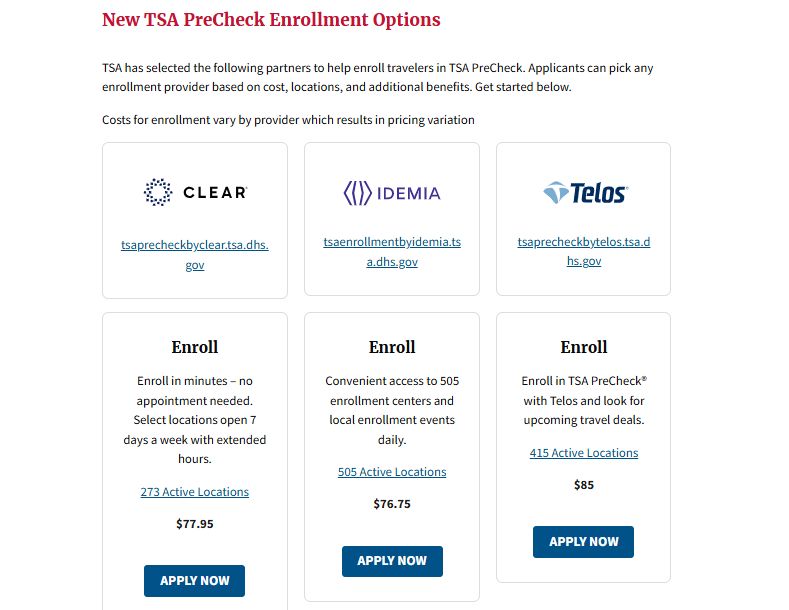
Signing up for TSA PreCheck is pretty simple. Fill out an online application (takes five minutes), then book an in-person appointment at an enrollment center—usually in airports or nearby offices.
At your appointment, TSA staff or contractors take your fingerprints, check your ID, and run a background check. It’s quick—maybe 10 minutes total. Once you’re approved, you get a Known Traveler Number (KTN). That’s the magic number you need to add to every airline reservation to unlock PreCheck.
Your membership lasts five years. Renewals are usually online—no need to go back in person. If you travel regularly, set a reminder to renew before it lapses, or you’ll find yourself back in the slow lane.
Where TSA PreCheck Works
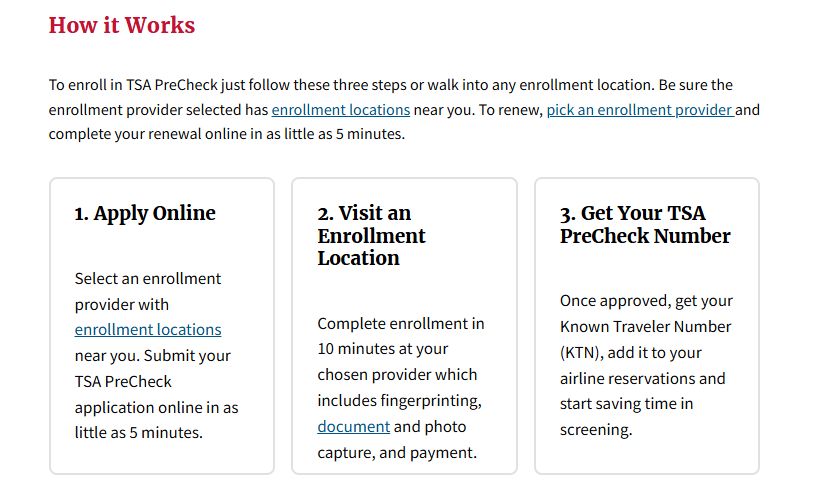
TSA PreCheck works at 200+ U.S. airports. Most major airlines and a bunch of regional ones participate, so you’ll use it on most domestic flights.
It’s only for flights leaving from U.S. airports. If you’re coming back from overseas, you’ll go through regular security and customs unless you also have Global Entry.
Dedicated PreCheck lanes are at most security checkpoints. Even during peak times, these lines move quickly since everyone’s already been vetted.
Some small airports have just one security lane that switches between PreCheck and regular. You’ll still get the benefits—just not always a separate line.
See Related: TSA Regulations: Can You Bring Shaving Razors on a Plane?
Global Entry: Streamlining International Arrivals
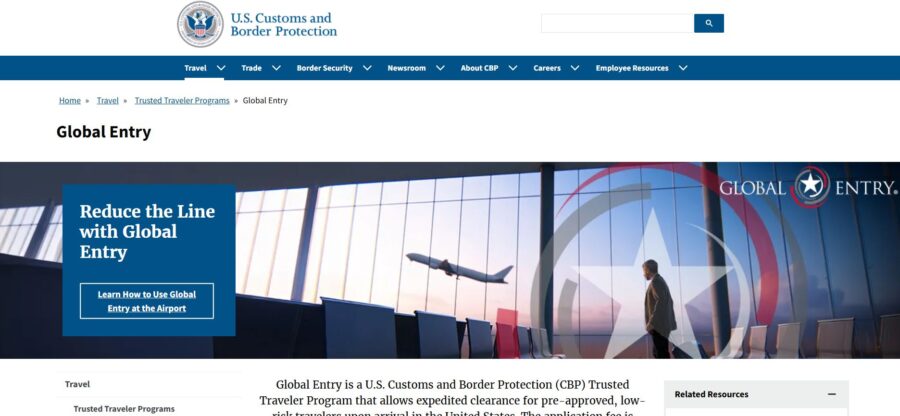
If you come back to the U.S. from abroad more than once or twice a year, Global Entry can save you a surprising amount of time. It’s for travelers who want to skip long customs lines and get straight to baggage claim or their next flight.
How Global Entry Simplifies Customs
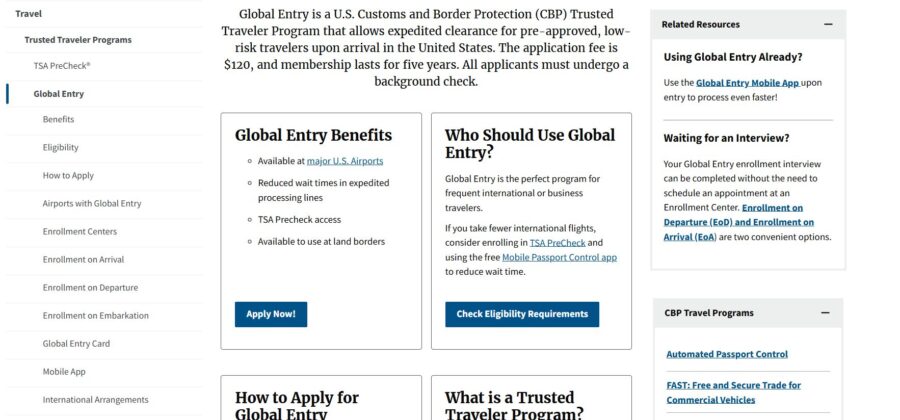
With Global Entry, you skip the normal customs line and go to a self-service kiosk run by U.S. Customs and Border Protection. You scan your passport or green card, verify your fingerprints, and answer a few on-screen questions.
The kiosk prints a receipt, and you hand it to a CBP agent as you exit. Honestly, I’ve cut my arrival time from an hour to just a few minutes this way—especially at places like JFK or LAX.
To get Global Entry, you fill out an online application, pay the fee, pass a background check, and show up for an in-person interview at an enrollment center. The interviews are usually quick, but they might ask about your travel history and check your ID.
If you even travel internationally once a year during the holidays, the time you save at customs can be worth it.
Automatic TSA PreCheck Inclusion
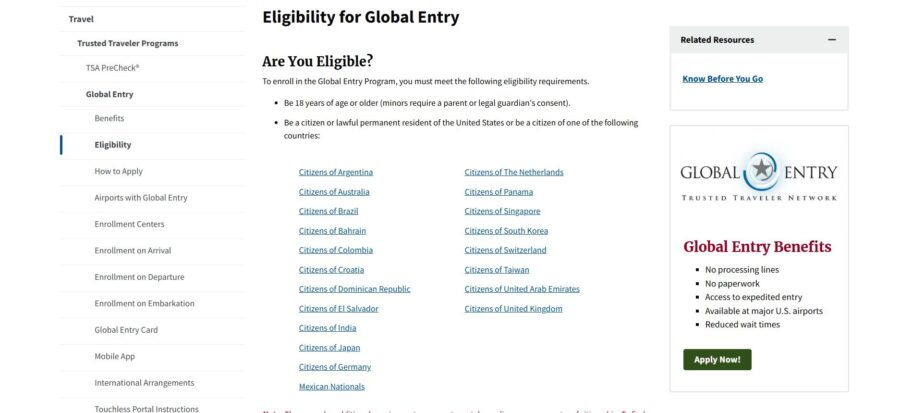
One of the sneaky-good perks of Global Entry: it includes TSA PreCheck for free. That means you get shorter domestic security lines and keep your shoes, belt, and light jacket on.
Since PreCheck alone costs $78 for five years, the extra $22 for Global Entry ($100 for five years) is a solid deal if you ever fly internationally. You’re getting two programs for the price of one.
Once you’re approved, you get a Known Traveler Number (KTN). Enter it when booking flights so your boarding pass shows PreCheck. Forget to add it, and you’ll end up in the regular line—I’ve done it, and it stings every time.
Global Entry Kiosks and Enrollment Centers
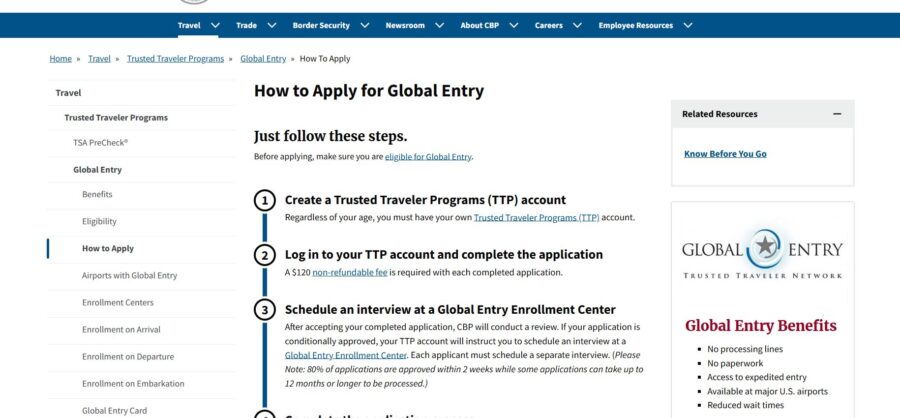
You’ll find Global Entry kiosks at most major U.S. international airports and some foreign airports with U.S. preclearance. They’re usually right after you get off the plane, before baggage claim.
Not every airport has them, so check the CBP website before you travel. Smaller airports might make you use a staffed CBP booth even if you have Global Entry.
Enrollment centers are in airports and some CBP offices. You can book your interview there, or enroll on Arrival after coming back from a trip. I did mine at Miami International—walked off the plane, answered a couple of questions, and got approved on the spot.
If you live far from an enrollment center, try to combine your interview with another trip to save yourself a separate journey.
CLEAR: Biometric Speed for Frequent Flyers
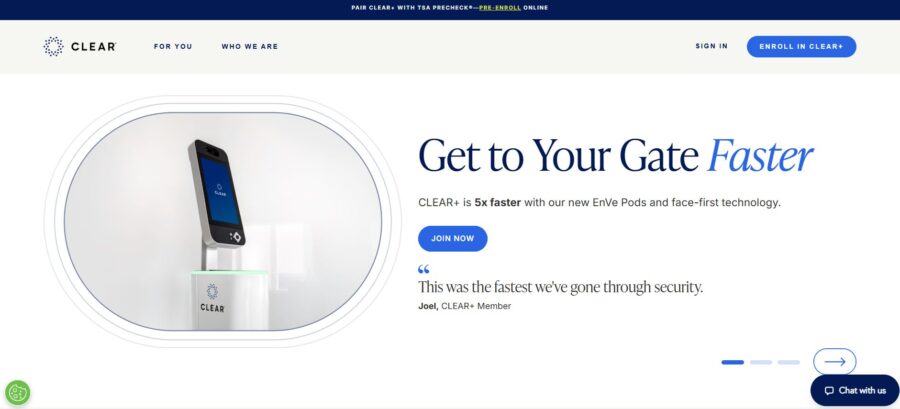
CLEAR uses biometric screening to confirm your identity in seconds, letting you skip the standard ID check at airport security. It’s especially handy at busy U.S. airports where security lines can snake forever. For frequent flyers who value speed more than anything, it’s hard to beat.
How CLEAR Uses Facial Recognition
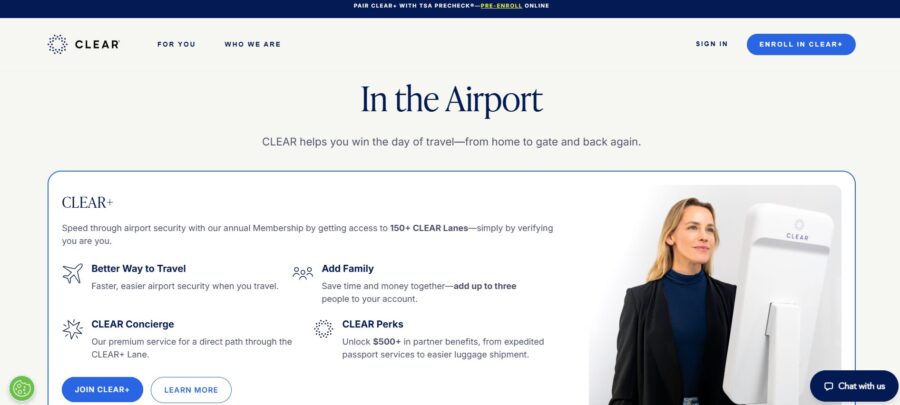
With CLEAR, you don’t hand over your license or passport to an agent. Instead, you step up to a kiosk that scans your face or fingerprints. The system matches your biometrics to your profile, and once it verifies you, an agent walks you right to the bag screening area.
It’s fast—usually under 30 seconds from scan to handoff. The consistency is nice, too; it takes some of the unpredictability out of airport security.
You do need to enroll in person the first time, which means visiting a CLEAR location with your ID. After that, you just walk into participating airports and go straight to the kiosk.
I find it most useful at airports like LAX or JFK, where the ID check line alone can eat up 15–20 minutes during peak hours.
Key points:
- Biometrics used: Facial recognition + fingerprints
- Enrollment: In-person once, then reusable
- Speed: Seconds, not minutes
Pairing CLEAR with TSA PreCheck or Global Entry
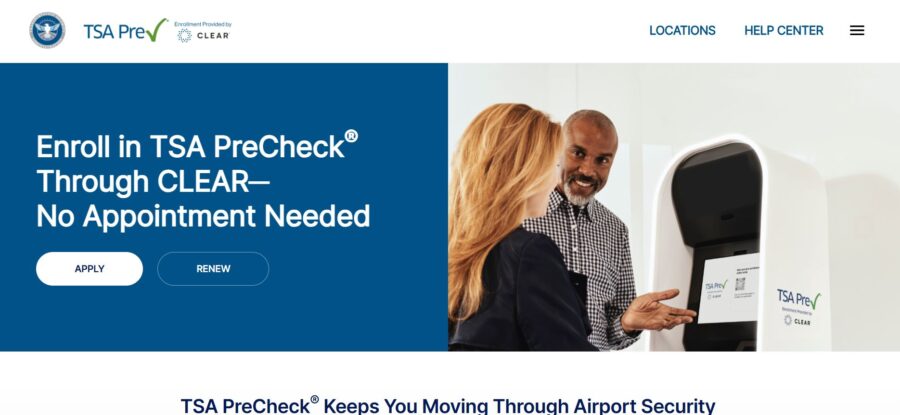
CLEAR gets you past the ID check, but you still have to go through the bag and body scanner. If you also have TSA PreCheck, you skip removing shoes, belts, and laptops.
That’s where the real magic happens. Both lines move quickly, and you get the shortest possible wait.
For international travelers, pairing CLEAR with Global Entry covers both ends of your trip. CLEAR speeds up departure, and Global Entry speeds up re-entry through U.S. customs.
I’ve done this combo flying from Atlanta to London and back. Outbound security took maybe three minutes total.
Coming home, I was through customs in under five. If you fly weekly or from a major hub, the time savings stack up fast.
Best combos:
- CLEAR + TSA PreCheck: Fastest for domestic travel
- CLEAR + Global Entry: Best for frequent international trips
Beyond Airports: CLEAR at Events and Venues
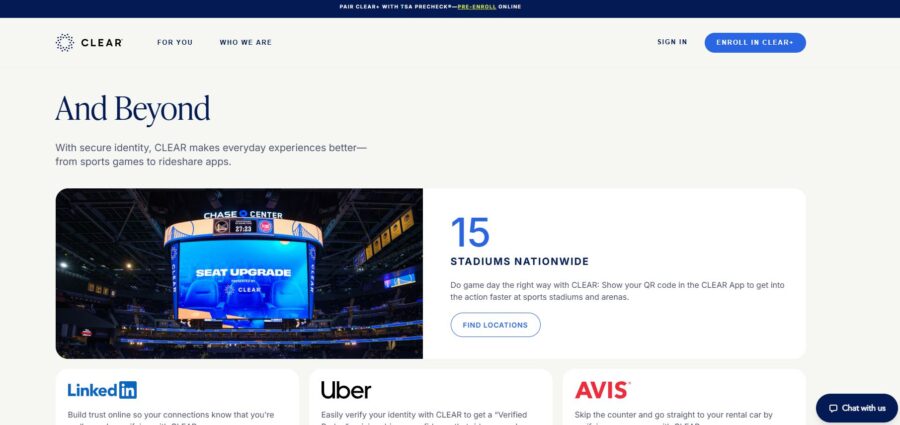
CLEAR isn’t just for airports anymore. You’ll find it at stadiums, arenas, and some large event spaces.
The process is the same—scan your face or fingerprints, and you skip the standard ID or ticket check line. I’ve used it at a baseball game in Denver, and it felt almost strange walking past hundreds of people waiting to get in.
But it’s the same idea: verify identity quickly, keep the line moving. Sports fans and concertgoers who already have CLEAR for flying can get extra value here.
It’s not at every venue, but it’s expanding. Examples of CLEAR at venues:
- MLB ballparks
- NBA arenas
- Some music festivals and large conferences
If you’re already paying for CLEAR and attend big events often, this perk can make the membership feel like it’s working double duty.
Comparing Airport Experience: Security Lines and Wait Times
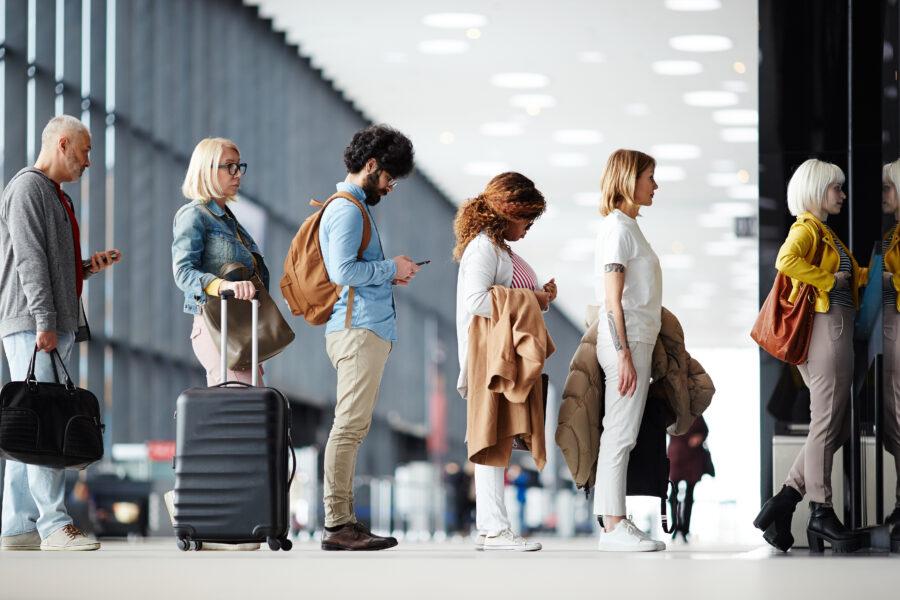
The time you spend in security lines can make or break your trip. Each program—TSA PreCheck, CLEAR, and Global Entry—changes how you move through the airport, but in different ways. Your choice will often come down to how much you travel, where you fly, and how much you value skipping the slow parts.
Expedited Security Lanes in Practice
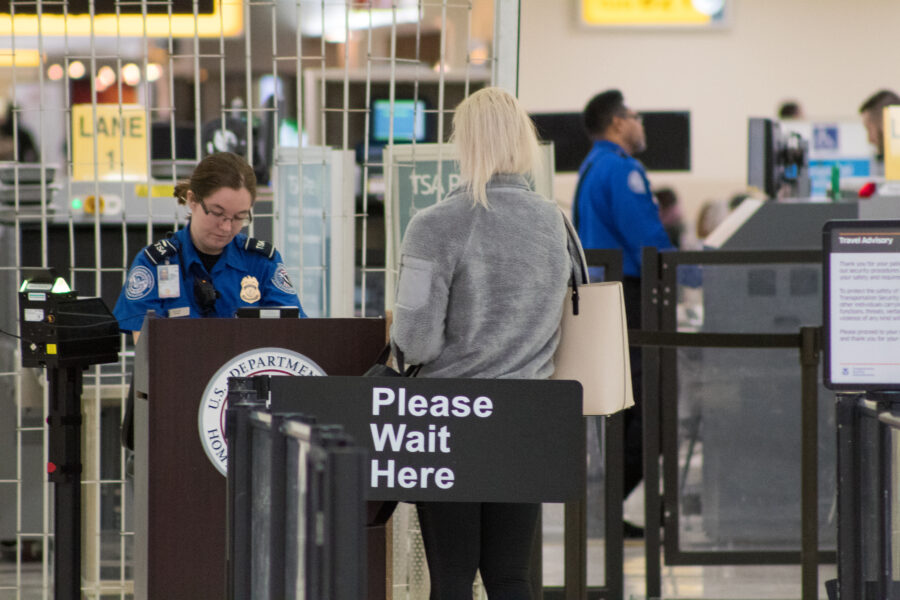
With TSA PreCheck, you join a shorter, dedicated lane at over 200 U.S. airports. You keep your shoes on, your laptop in your bag, and your liquids packed.
Most days, you’re through in under 10 minutes. That’s a big deal if you’ve ever stood behind a family unpacking half their suitcase at the scanner.
Global Entry gives you the same TSA PreCheck access for domestic flights, but its real perk is when you’re coming back from abroad. Instead of the long customs line, you head to a kiosk, scan your passport, and walk out.
If you’ve just landed after a red-eye from Europe, you’ll thank yourself. CLEAR works differently.
It skips the ID check entirely by using your fingerprints or face scan, then walks you straight to the front of the physical screening line. It’s fastest when paired with PreCheck, but at some busy hubs, the CLEAR lane can be longer—especially at airports where airlines hand out free memberships to frequent flyers.
Impact on Overall Airport Experience
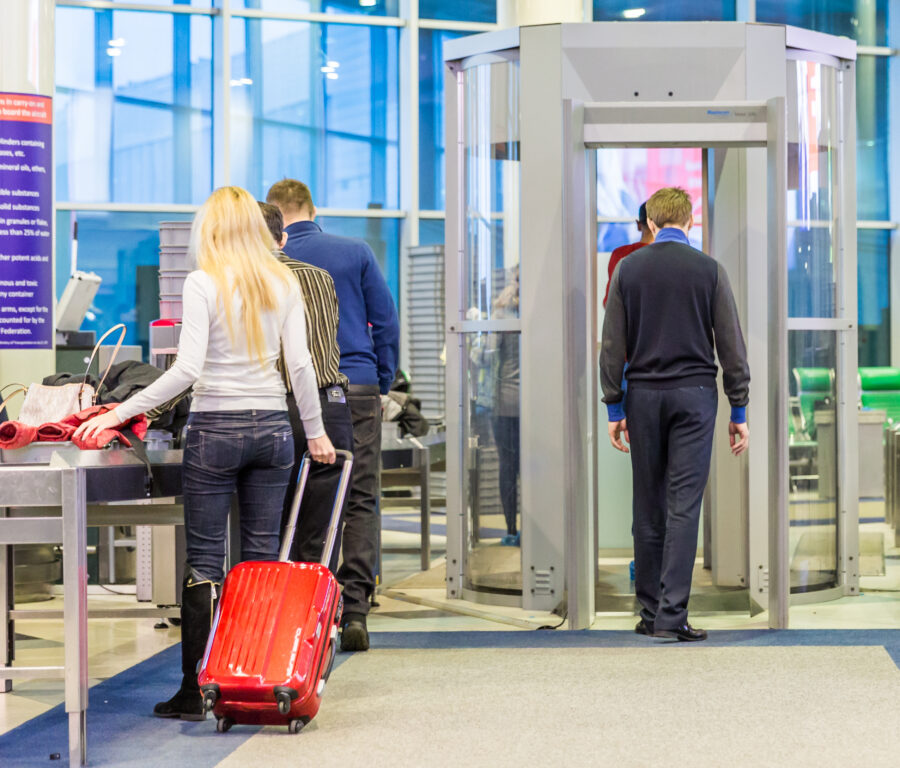
Shaving minutes off security isn’t just about speed—it changes your whole airport routine. With PreCheck or CLEAR, you can arrive later without sweating every minute.
You might even have time for a coffee or to stash your bags in luggage storage before heading to the gate. Global Entry’s biggest win is post-flight.
You’re not standing in a customs hall for an hour while your rideshare driver circles the terminal. You’re already outside, maybe even halfway home.
And honestly, the mental ease is just as valuable. You’re not bracing for a chaotic line.
You’re walking in knowing exactly where you’re going, which lane you’re using, and roughly how long it’ll take. That kind of predictability makes the whole flying experience feel less like a gamble.
See Related: Can You Bring a Lighter on a Plane? A Complete Guide to TSA Regulations
Choosing the Right Program for Your Travel Style
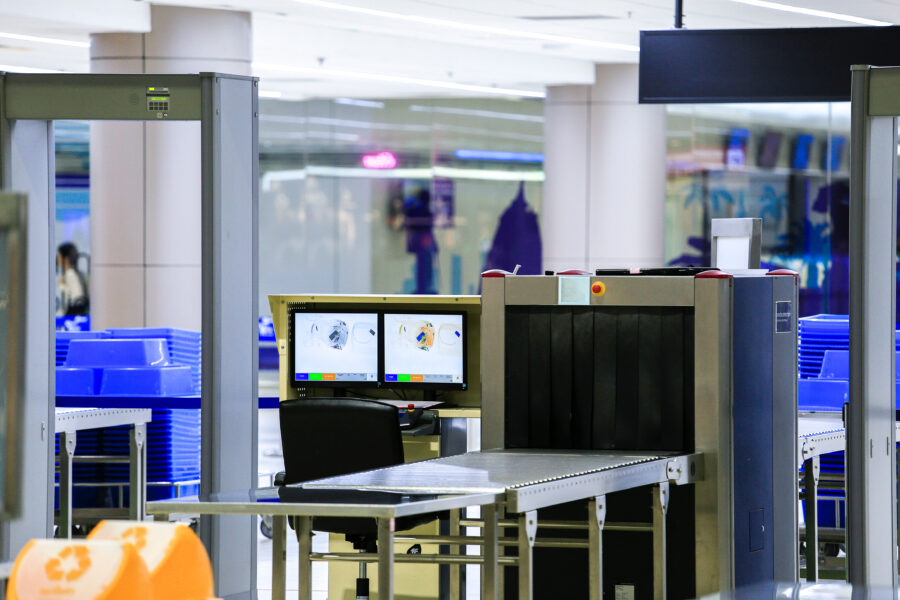
Each program works best for certain types of trips and habits. Your choice depends on where you fly, how often you go, and how much you value time saved versus money spent.
Best Options for Domestic-Only Travelers
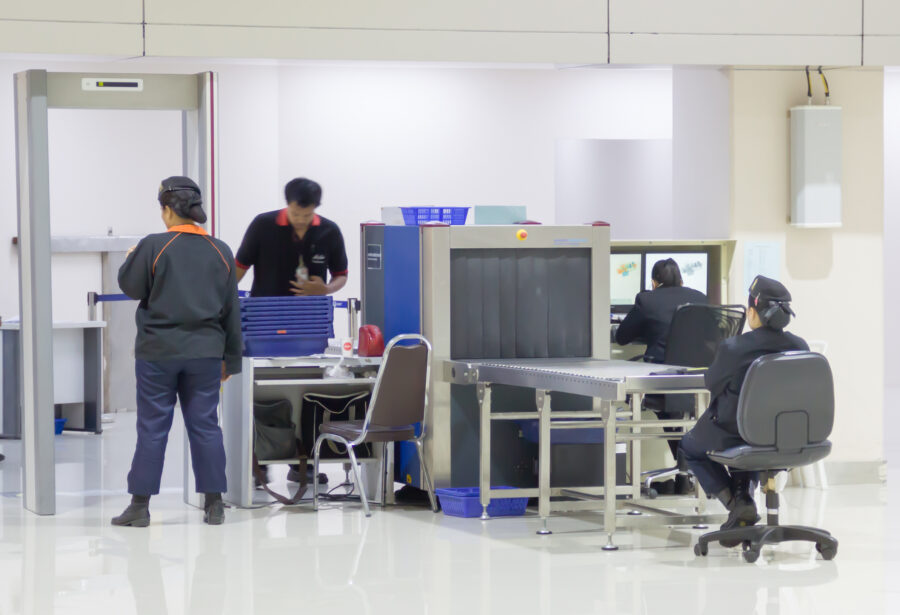
If you rarely leave the U.S., TSA PreCheck is usually the most practical. It lets you keep shoes, belts, and light jackets on, and you can leave laptops and liquids in your bag.
Lines are often shorter, and the process feels less stressful. For most domestic travelers, the cost-to-benefit ratio is hard to beat.
At $78 for five years, it’s a small investment for frequent flyers who stick to U.S. airports. CLEAR can be worth adding if you often fly from busy hubs like Atlanta or Denver.
It uses fingerprint or eye scans to verify your identity, letting you skip the ID check line. But it’s pricier and only works at certain airports.
If you travel mostly from smaller regional airports, CLEAR may not be useful since it’s not available everywhere. In that case, TSA PreCheck alone will cover most of your needs.
Best Options for International and Frequent Flyers
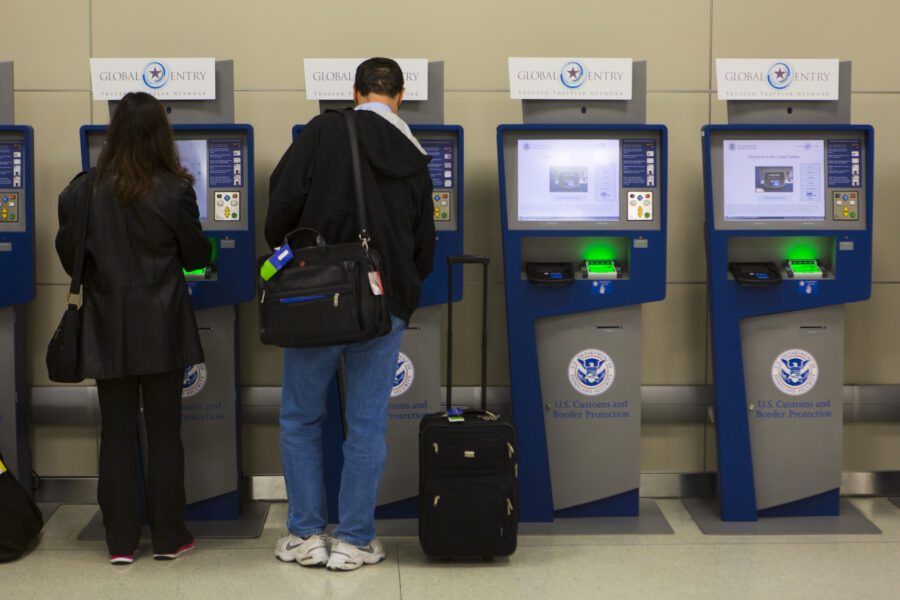
If you take even one or two international trips a year, Global Entry is often the smarter pick. It includes TSA PreCheck but also speeds you through U.S. customs when returning from abroad.
You use a kiosk instead of waiting in the long immigration line. Frequent travelers swear by it because it cuts down both departure and arrival wait times.
The application process is more involved, but once approved, you’re set for five years. CLEAR can still be helpful for frequent flyers, especially at large international airports in the U.S.
But if your main pain point is re-entering the country after a long flight, Global Entry is the program that makes the biggest difference. You might also look into Trusted Traveler Programs if you want to combine benefits for both domestic and international travel.
Some travelers even use them alongside travel insurance to keep trips running smoothly.
Combining Programs for Maximum Efficiency
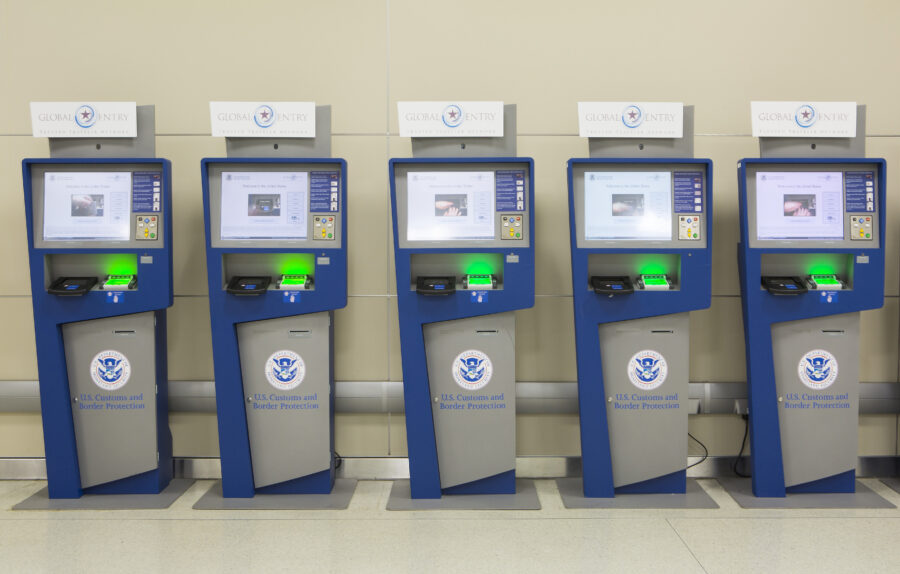
Some travelers find that pairing programs gives the best results. For example, TSA PreCheck + CLEAR means you can skip the ID check line and still use the faster security lane.
This combo works well if you fly often from large, busy airports. For international flyers, Global Entry + CLEAR can be the ultimate time-saver.
You breeze through customs when arriving in the U.S. and skip long security lines when departing. The downside, of course, is cost.
CLEAR runs about $189 a year, while TSA PreCheck and Global Entry are valid for five years at a much lower annualized price. If you travel enough, the time saved can outweigh the expense.
I’ve personally used Global Entry with CLEAR on back-to-back trips, and the difference was night and day. Walking past a 40-minute security queue after a red-eye? Worth every penny.
See Related: Travel Tips Rick Steves Swears By That Most Tourists Never Learn
Frequently Asked Questions
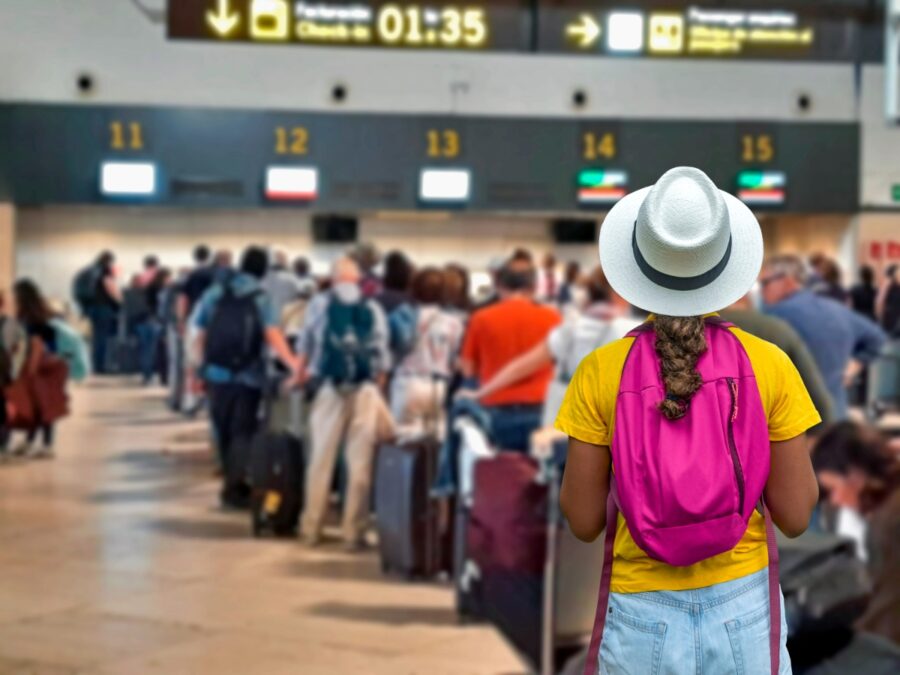
These programs might seem similar at first glance, but the way they work, what they cost, and the perks they offer can be pretty different. If you’ve ever stood in the wrong line at the airport and watched someone breeze through, you’ll know why these details matter.
What are the specific benefits of TSA PreCheck compared to Global Entry?
TSA PreCheck is all about speeding you through airport security in the U.S. You keep your shoes, belt, and light jacket on, and your laptop and liquids stay in your bag.
Global Entry includes all of that but adds faster re-entry into the U.S. after international travel. If you never travel abroad, TSA PreCheck alone might be enough.
But if you do, Global Entry saves you from those long immigration lines.
How does the application process for Clear differ from that of Global Entry?
Clear uses biometric scans—your eyes and fingerprints—to verify your identity. You can sign up online and finish enrollment at the airport in just a few minutes.
Global Entry requires an online application, a background check, and an in-person interview at a Global Entry Enrollment Center. It’s a bit more of a process, and you usually need to schedule that interview weeks or months ahead.
What additional perks does Global Entry provide that go beyond the offerings of TSA PreCheck?
With Global Entry, you get access to automated kiosks at U.S. customs when returning from abroad. That means less time in line and no paper forms to fill out.
It also includes TSA PreCheck automatically, so you’re covered for both domestic and international trips. That’s a big plus if you mix in overseas travel a few times a year.
Is there a cost difference between enrolling in Clear and TSA PreCheck, and how does it affect frequent travelers?
Yep, Clear usually hits your wallet harder. TSA PreCheck costs less and sticks with you for five years, so honestly, it’s a better value if you just want to breeze through security.
If you find yourself flying out of those packed airports where Clear operates, though, that steeper price might start to make sense. You get to skip the ID check line completely—sometimes that’s the difference between catching your flight or sprinting through the terminal like a maniac.



